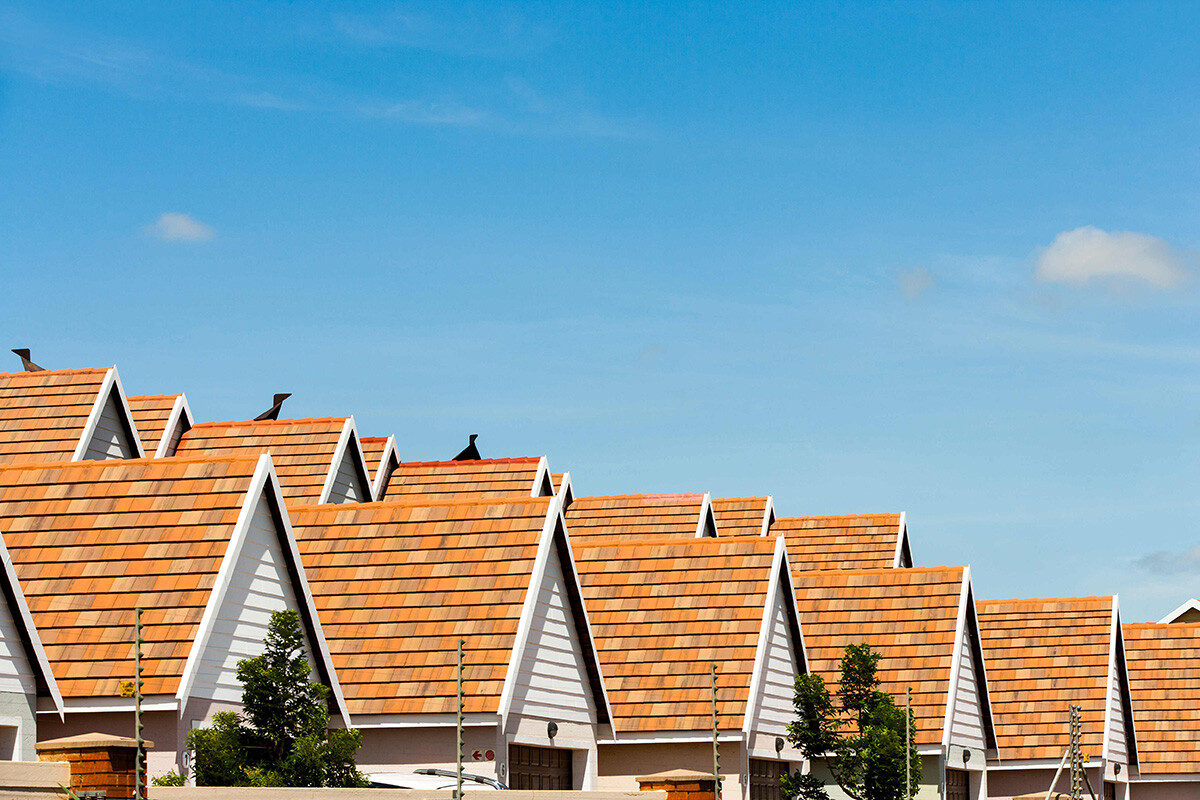Retirement village units now included in PM’s housing target
Retirement village units now included in PM’s housing target

The Retirement Living Council (RLC) has welcomed the inclusion of retirement village units in the Australian Government’s 1.2 million new homes target, signalling the importance of housing the country’s ageing population.
RLC Executive Director Daniel Gannon said the benefits of including these homes in the Prime Minister’s target – which starts on 1 July – was a win for everyone.
“The inclusion of these homes in the Prime Minister’s target is a ‘trifecta’, with benefits for consumers, governments and the broader community alike,”
Mr Gannon
“Research now shows there are clear housing and health benefits for older Australians when they move into an age-friendly retirement village – and these communities are effectively full.
“This now means focus shifts to local, state and territory governments to ensure they deliver more homes for more Australians as the country continues to age.”
Mr Gannon said the $3.5 billion federal incentive – called the New Home Bonus – is calculated as a $15,000 payment for each home that a state and territory brings to the National Housing Accord above the one million target in the hope of adding 200,000 extra dwellings.
“It’s important that state and territory governments get their skates on, but they also need to better understand the socio-economic opportunity in approving more age-friendly retirement communities,” Mr Gannon said.
“Retirement village residents are 20 per cent less likely to require hospitalisation after only nine months living in one of these communities, which leads to 14,000 avoided annual hospitalisations across Australia.
“Compared to people who don’t live in a retirement community, residents are also 41 per cent happier, 15 per cent more physically active, five times more socially active, twice as likely to catch up with family or friends and have reduced levels of depression and loneliness.
“As a consequence, retirement villages are minimising the interactions older Australians have with GPs and hospitals, while importantly delaying entry into taxpayer funded aged care.
“Given 67,000 retirement dwellings are required to maintain existing market demand to 2030, these homes could help close the supply gap by 22 per cent.
“The added bonus is that when older Australians ‘rightsize’ into a retirement village, it frees up important supply in the housing market for young couples and families.”
Mr Gannon said the average size of a retirement village around Australia is 119 homes.
by Property Council of Australia | Sep 25, 2024
Subscribe to our blog newsletter
You May Also Like
These Related Stories

Govts must capitalise on strong retirement construction sentiment

Michelle Shaw named 'Salesperson of the Year'

